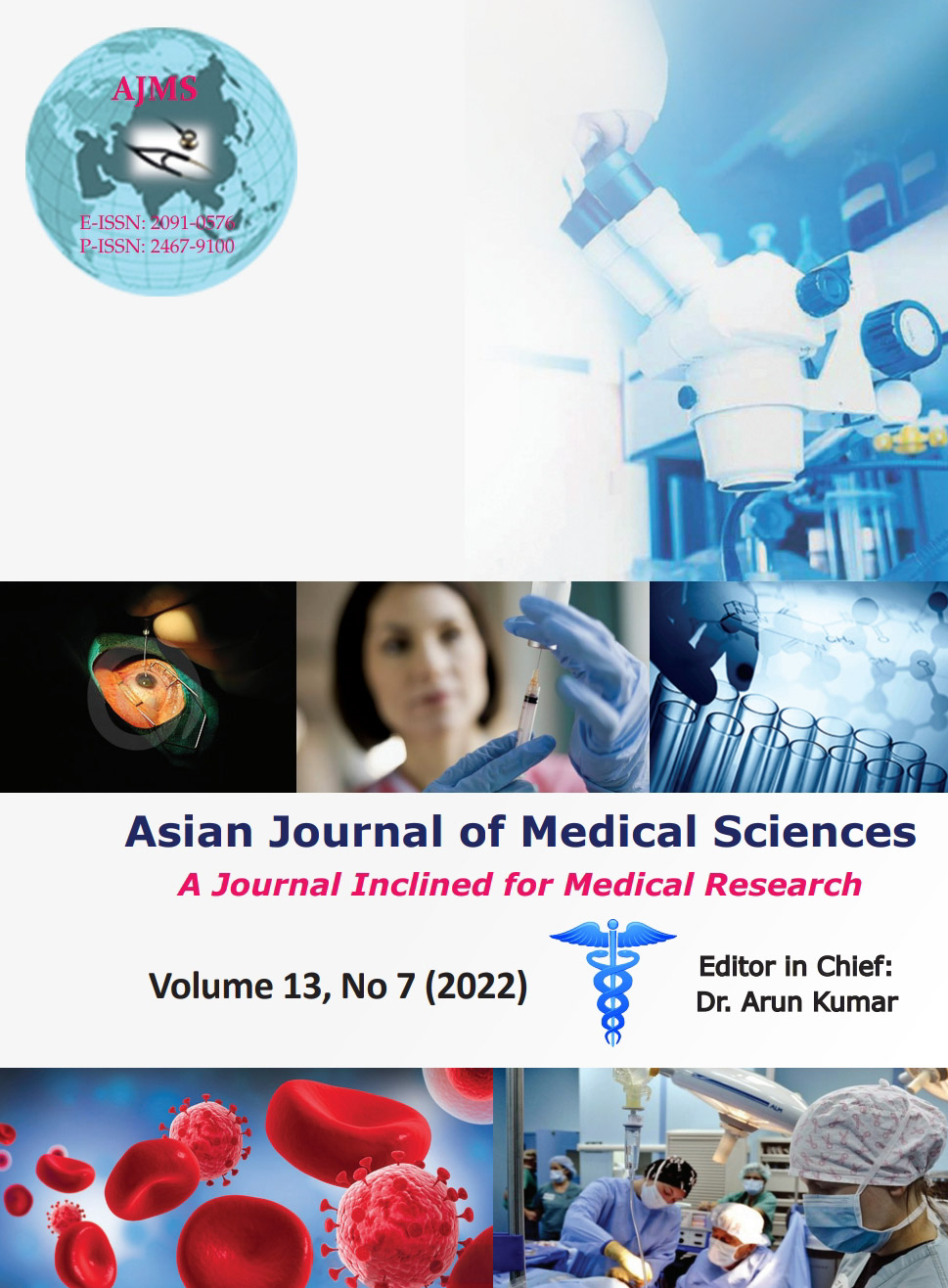Comparison of efficacy of butorphanol and nalbuphine as premedicant in patients undergoing elective craniotomy using propofol and desflurane anesthesia – A randomized clinical study
Keywords:
Anesthesia, Craniotomy, Opioid, Recovery, SedationAbstract
Background: Long duration neurosurgical procedures require the use a relatively longer acting analgesic which will give equianalgesia like a short-acting opioid without needing repeated administration or an infusion.
Aims and Objectives: In this study, we investigated and compared the intraoperative analgesic efficacy and post-operative recovery outcome of intravenous (IV) butorphanol and IV nalbuphine in non-emergency craniotomy patients.
Materials and Methods: A prospective, randomized, and double-blind study was conducted involving 60 patients of age 18–50 years, randomly assigned into two equal groups receiving either 1 mg butorphanol IV (Group B) or 10 mg nalbuphine IV (Group N) 10 min before induction of general anesthesia. Patients were monitored for changes in blood pressure, heart rate (HR) perioperatively and duration of analgesia, and Ramsay Sedation Score (RSS) postoperatively. The results were recorded and analyzed statistically using Pearson’s Chi-square test for Independence of Attributes/Fisher’s Exact Test and Student’s t-test for continuous variables.
Results: Statistically significant fall in HR and mean blood pressure was seen in both groups during intraoperative period, though fall was more in the nalbuphine group. Duration of analgesia was statistically significant in Group B than Group N (249.27±18.33 vs. 240.13±15.70, P=0.043). Sedation was more with nalbuphine as time to achieve RSS 2 was less with butorphanol.
Conclusion: Inj. butorphanol and inj nalbuphine both showed satisfactory result in maintaining hemodynamic stability and long duration of analgesia. When compared, butorphanol provided longer duration of analgesia and less post-operative sedation.
Downloads
Downloads
Published
How to Cite
Issue
Section
License
Copyright (c) 2022 Asian Journal of Medical Sciences

This work is licensed under a Creative Commons Attribution-NonCommercial 4.0 International License.
Authors who publish with this journal agree to the following terms:
- The journal holds copyright and publishes the work under a Creative Commons CC-BY-NC license that permits use, distribution and reprduction in any medium, provided the original work is properly cited and is not used for commercial purposes. The journal should be recognised as the original publisher of this work.
- Authors are able to enter into separate, additional contractual arrangements for the non-exclusive distribution of the journal's published version of the work (e.g., post it to an institutional repository or publish it in a book), with an acknowledgement of its initial publication in this journal.
- Authors are permitted and encouraged to post their work online (e.g., in institutional repositories or on their website) prior to and during the submission process, as it can lead to productive exchanges, as well as earlier and greater citation of published work (See The Effect of Open Access).




